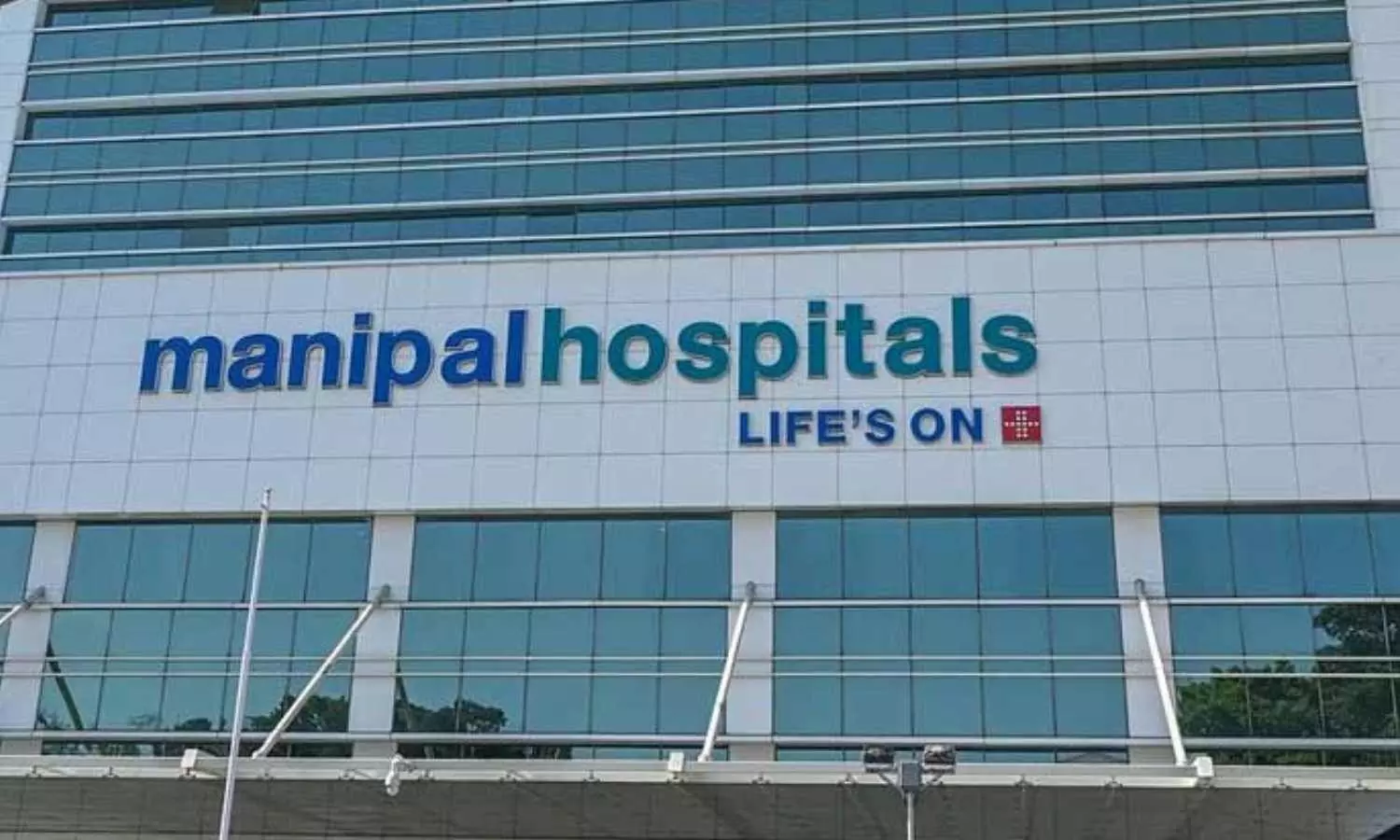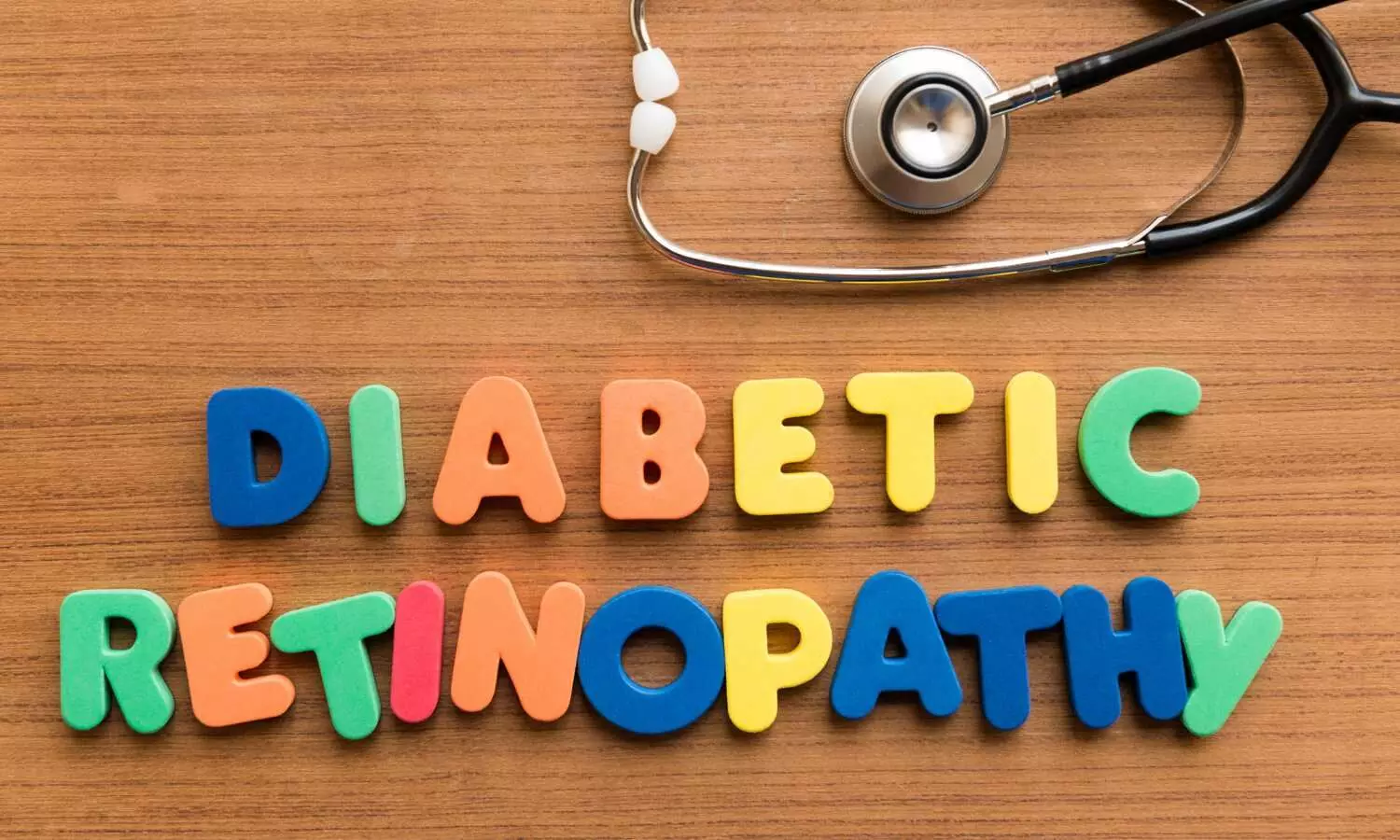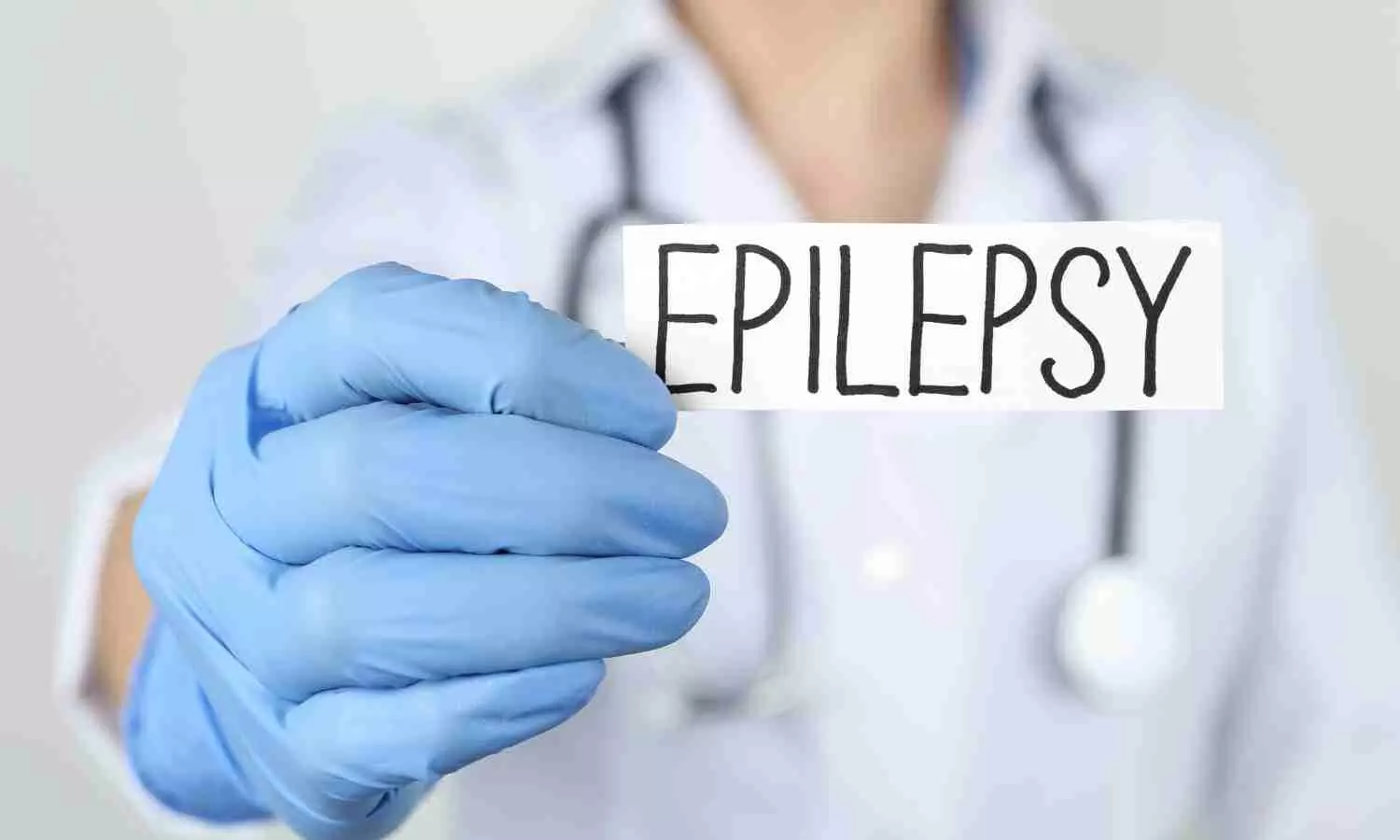Mouse studies reveal possible benefits of CBD and metformin for treating behavioral difficulties
Powered by WPeMatico
Powered by WPeMatico
Powered by WPeMatico
Powered by WPeMatico
Powered by WPeMatico

Jaipur: Four fatalities have been reported following a fire at a factory in Rajasthan’s Khairthal-Tijara district, with an additional 10 individuals sustaining injuries, according to police on Wednesday.
Deputy Superintendent of Police (Tijara) Shivraj Singh stated that the fire erupted at a factory in Bhiwadi on Tuesday evening. Initially, one fatality was confirmed, and 10 injured individuals were rescued, Singh mentioned.
Following the extinguishing of the flames, three more bodies were discovered, he added.
Two bodies have been shifted to a mortuary for post-mortem examination and two are in the process of being retrieved, Singh said.
He said the factory was owned by a pharmaceutical company and was located in the Khushkehda industrial area.
Read also: Fire at Amritsar pharma unit, 4 killed
The cause of the fire is yet to be ascertained, the police officer said.
Those injured are under treatment at the district hospital.
Read also: Blast at pharma plant premises, 6 people died till now
Powered by WPeMatico

New Delhi: A fire broke out in a store room in the old emergency building of the centre-run Safdarjung Hospital on Tuesday, Delhi Fire Services (DFS) officials said. There were no reports of any injury.
According to a PTI report, there are no reports of anyone being injured so far. A nurse was rescued from the third floor of the building after breaking a window, they said.
A Safdarjung Hospital official said that everything is under control now and no patient was affected due to the fire.
DFS Chief Atul Garg stated that the department received information about the fire around 10:40 am.
Also Read:Fire breaks out at Jhajjar Hospital, No casualties reported
“The fire was at gate no. 6 of the old emergency building of the Safdarjung Hospital. Seven fire tenders were rushed to the spot. The fire broke out in the building’s store room,” he added.
Dr Ayush of Safdarjung Hospital, who was on duty at the time of the incident, said he and others were alerted about the fire around 10.30 am.
“The police station is close to the Safdarjung Hospital and policemen reached the spot immediately. The police actively coordinated with the firefighters, who also reached the spot soon,” he told reporters, news agency PTI reported.
He claimed the fire started due to a short circuit on the ground floor. Due to the smoke, some of the nursing staff got stuck on the third floor but were evacuated safely.
Manoj Kumar Sharma, DFS Divisional Officer (South) said, “Eleven fire tenders, including fire bowsers, were rushed to the spot. We controlled the fire immediately and rescued an elderly nurse from the third floor after breaking a window of the hospital.”
A police investigation will ascertain the cause of the fire, he said.
Powered by WPeMatico

Gurugram: The girl from Gurugram, a student in the 9th standard, was presented to Manipal Hospital, Gurugram, after experiencing significant abdominal distention and mild discomfort that had been ongoing for approximately three months.
Despite these symptoms, the patient was able to maintain a good appetite and perform her daily activities normally.
An initial ultrasound revealed a large mass occupying much of her abdomen. A CT scan confirmed the presence of a 8.5 kg large mass in her right ovary.
The doctors led by Dr Sharmila Solanki – Consultant, Obstetrics & Gynecology opted for an exploratory laparotomy — the surgical procedure under general anaesthesia essential for directly examining the abdominal organs and determining the extent and spread of the disease.
During the operation, a specific procedure called Salpingo-oophorectomy was also performed on the right side, which involved the removal of the ovary and fallopian tube.
“This step was critical in addressing the underlying cause of the distention and ensuring that any pathological tissues were effectively managed,” Dr. Sharmila, told.
The procedure also alleviated the symptoms and prevented further complications related to the mass. Remarkably, the ovary and fallopian tube of the left side, as well as her liver and the rest of the abdominal cavity, were found to be normal.
“The girl is doing exceptionally well. She underwent a successful operation six weeks ago, and a recent PET CT scan showed no signs of residual disease. Her recovery has been uneventful, and she remains completely asymptomatic. She is currently undergoing regular follow-up appointments to monitor her progress,” said the doctor.
Maintaining ovarian health is crucial for women’s overall well-being, fertility, and hormonal balance.
To promote healthy ovaries, Dr Sharmila advised women to adopt healthy practices such as consuming a balanced diet rich in antioxidants, vitamins, and minerals, engaging in regular physical activity, avoiding smoking and excessive alcohol consumption, managing stress levels, and getting adequate sleep.
In addition, she stressed the need for women to “undergo regular gynaecological check-ups to detect any potential issues early on and seek medical attention promptly or if they experience any unusual symptoms or changes in their menstrual cycle.”
Powered by WPeMatico

Cholesterol drug fenofibrate has shown potential for slowing the progression of diabetic retinopathy in people with early retinal changes, with the potential to reduce the need for retinal laser or intravitreal injection treatment, new trial data presented at American Diabetic Association suggests.
The findings of simultaneously study published in the NEJM Evidence journal through Scotland’s national Diabetic Eye Screening (DES) program reveal that fenofibrate therapy may significantly slow the progression of diabetic retinopathy which commonly causes blindness among adults with diabetes. This promising finding could pave the way for new treatment protocols to preserve vision in diabetic patients.
The extensive trial involved a total of 1,151 adults with nonreferable diabetic retinopathy or maculopathy. The participants were randomly assigned to receive either 145-mg fenofibrate tablets or a placebo. The participants with impaired renal function took the medication on alternate days. The primary focus of this study was on the development of referable diabetic retinopathy or maculopathy, as well as the need for treatment interventions such as intravitreal injections, retinal laser procedures, or vitrectomy.
Over a median follow-up period of four years, the outcomes demonstrated a clear benefit for those on fenofibrate. In the fenofibrate group, 22.7% progressed to referable diabetic retinopathy or maculopathy or required treatment when compared to 29.2% in the placebo group. This represented a significant reduction in risk, with a hazard ratio of 0.73 (95% confidence interval [CI], 0.58 to 0.91; P=0.006).
Further analysis showed that any progression of retinopathy or maculopathy was observed in 32.1% of the fenofibrate group versus 40.2% in the placebo group which indicated a hazard ratio of 0.74 (95% CI, 0.61 to 0.90). Also, the development of macular edema occurred in only 3.8% of the participants on fenofibrate when compared to 7.5% on placebo, with a hazard ratio of 0.50 (95% CI, 0.30 to 0.84).
The study also monitored serious adverse events which occurred in 36.1% of fenofibrate participants and 35.5% of placebo participants by indicating no significant increase in severe side effects due to fenofibrate. However, a marked finding was the decrease in estimated glomerular filtration rate (eGFR) in the fenofibrate group, with a trial-averaged eGFR being 7.9 ml/min/1.73 m² lower when compared to the placebo group.
While fenofibrate did not significantly impact visual function, quality of life, or visual acuity, its role in reducing the progression of diabetic retinopathy is promising. Overall, these findings suggest that fenofibrate could be a valuable addition to the management strategies for diabetic retinopathy in the early stages of the disease.
Source:
Preiss, D., Logue, J., Sammons, E., Zayed, M., Emberson, J., Wade, R., Wallendszus, K., Stevens, W., Cretney, R., Harding, S., Leese, G., Currie, G., & Armitage, J. (2024). Effect of Fenofibrate on Progression of Diabetic Retinopathy. In NEJM Evidence. Massachusetts Medical Society. https://doi.org/10.1056/evidoa2400179
Powered by WPeMatico

USA: Recent medical research has sparked interest in the potential link between angiotensin receptor blockers (ARBs), commonly prescribed for hypertension management and the risk of epilepsy. ARBs are medications that work by blocking the action of angiotensin II, a hormone that constricts blood vessels, thereby relaxing them and lowering blood pressure. While widely considered safe and effective for controlling high blood pressure, questions have arisen regarding their neurological effects.
The findings, published in JAMA Neurology, suggest that ARBs were associated with a lower incidence of new-onset epilepsy than other antihypertensive agents in patients with hypertension.
Human and animal studies have suggested that the use of angiotensin receptor blockers may be associated with a lower risk of incident epilepsy compared with other antihypertensive medications. However, there is a lack of observational data from the US. To fill this knowledge gap, Xuerong Wen, Department of Pharmacy Practice and Clinical Research, College of Pharmacy, University of Rhode Island, Kingston, and colleagues aimed to evaluate the association between ARB use and epilepsy incidence in subgroups of US patients with hypertension.
For this purpose, the researchers conducted a retrospective cohort study using data from a national health administrative database from 2010 to 2017, with propensity score (PS) matching. The eligible cohort included privately insured individuals aged 18 years or older with primary hypertension diagnosis and dispensed at least one ARB, β-blocker, calcium channel blocker (CCB), or angiotensin-converting enzyme inhibitor (ACEI).
It excluded patients with epilepsy diagnosis at or before the index date or dispensed an antiseizure medication 12 months before or 90 days after initiating the study medications. Based on baseline covariates, propensity scores were generated and used to match patients who received ARBs with those who received either β-blockers, ACEIs, CCBs or a combination of these antihypertensive medications.
Cox regression analyses evaluated epilepsy incidence during follow-up by comparing the ARB cohort with other antihypertensive classes. The association between ARB use and epilepsy incidence was examined by subgroup and sensitivity analyses.
The study led to the following findings:
The findings showed that ARBs, mainly losartan, were associated with a lower epilepsy incidence compared with other antihypertensive agents in hypertensive patients with no preexisting cardiovascular disease or stroke.
“Further studies, such as randomized clinical trials, are warranted to confirm the comparative antiepileptogenic properties of antihypertensive medications,” the researchers concluded.
Reference:
Wen X, Otoo MN, Tang J, et al. Angiotensin Receptor Blockers for Hypertension and Risk of Epilepsy. JAMA Neurol. Published online June 17, 2024. doi:10.1001/jamaneurol.2024.1714
Powered by WPeMatico

Garlic consumption is beneficial for controlling blood glucose and blood lipids in humans suggests a study published in the Nutrients.
The effect of garlic on glucose and lipid metabolism in humans remains controversial. The aim of this study was to investigate the effects of garlic on blood lipid levels and glucose levels in humans through a systematic review and meta-analysis. (2) Methods: We extensively searched four databases, including PubMed, Web of Science, Embase, and the Cochrane Library, up to February 2024. To assess the collective impact of garlic and its supplements on fasting blood glucose (FBG), glycosylated hemoglobin (HbA1c), total cholesterol (TC), high-density lipoprotein cholesterol (HDL-C), low-density lipoprotein cholesterol (LDL-C), and triglycerides (TG), an analysis was conducted using a random effects model. Subgroup analyses were performed when I2 < 50%. (3) Result: We found that the garlic intervention was effective in controlling FBG (mean difference = −7.01; 95% CI: −8.53, −5.49, p < 0.001), HbA1c (mean deviation = −0.66; 95% CI: −0.76, −0.55, p < 0.001, I2 = 62.9%), TC (mean difference = −14.17; 95% CI: −19.31, −9.03, p < 0.001), and LDL-C (mean difference = −8.20; 95% CI: −15.58, −0.81, p = 0.03); moreover, it also increased the level of HDL-C in humans (mean difference = 2.06; 95% CI: 1.54, 2.59; p < 0.001). Nonetheless, the intervention involving garlic did not yield a substantial impact on triglyceride (TG) levels. (4) Conclusion: The intervention of garlic is beneficial to control blood glucose and blood lipids in humans.
Reference:
Zhao X, Cheng T, Xia H, Yang Y, Wang S. Effects of Garlic on Glucose Parameters and Lipid Profile: A Systematic Review and Meta-Analysis on Randomized Controlled Trials. Nutrients. 2024; 16(11):1692. https://doi.org/10.3390/nu16111692
Keywords:
Garlic, consumption, beneficial, controlling, blood glucose, blood lipids, humans, study, Zhao X, Cheng T, Xia H, Yang Y, Wang S, garlic; glucose parameters; lipid profile; randomized controlled trials; meta-analysis
Powered by WPeMatico
